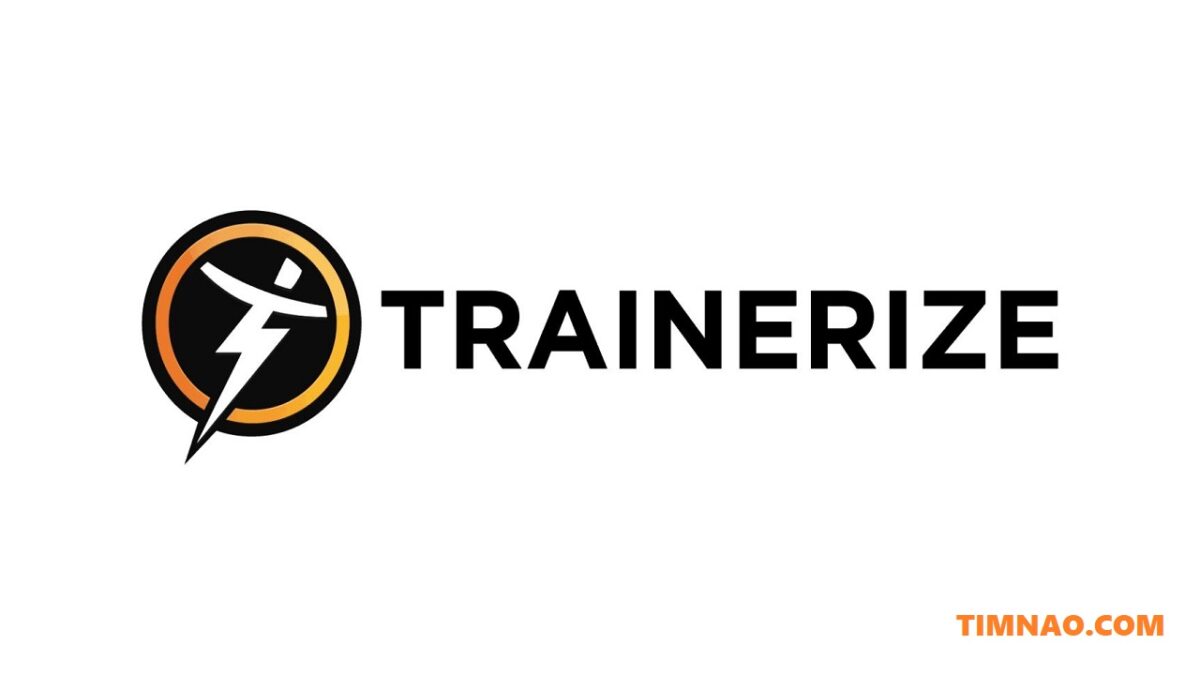
7 Powerful Steps to Build a Thriving Online Personal Training Business
The fitness industry is evolving rapidly, and online personal training is becoming a lucrative opportunity for trainers worldwide. If you’re ready to launch your online fitness business, this guide will help you attract personal training clients, create engaging workout programs, and build a successful virtual fitness coaching business.
Step 1: Define Your Niche and Services
Before diving into online personal training, it’s crucial to define your niche and services. Instead of targeting a broad audience, focus on a specific group with unique fitness goals.
Identify Your Ideal Clients
- Busy professionals: Individuals aged 30-45 looking for quick and effective workouts.
- Postpartum women: New mothers who need safe, guided exercises for recovery.
- Seniors: Older adults looking for low-impact fitness solutions.
Offer Tailored Services
- One-on-One Virtual Training: Live coaching via Zoom or Skype with real-time feedback.
- Customized Workout Plans: Structured routines provided through fitness apps or spreadsheets.
- Nutritional Guidance: Meal plans, grocery lists, and portion control strategies.
Step 2: Build Your Online Presence
A strong online presence is essential for attracting personal training clients.
Social Media Strategies
- Instagram: Share workout snippets, transformation stories, and daily fitness tips.
- YouTube: Post in-depth workout tutorials and host live Q&A sessions.
- Facebook: Create a community group to engage with potential clients.
Create a Professional Website
A website boosts credibility and serves as a hub for your services.
- Use WordPress or Squarespace to build a user-friendly site.
- Add a scheduling plugin (Calendly) for easy booking.
- Integrate payment gateways (Stripe, PayPal) for seamless transactions.
- Maintain an SEO-optimized blog with fitness and nutrition articles.
Step 3: Set Up Your Business Essentials
Starting an online personal training business requires the right tools and legal considerations.
Legal and Administrative Setup
- Register your business according to local regulations.
- Draft a client agreement outlining payment terms and liability.
Secure a Payment System
- Use Stripe, PayPal, or Square for secure transactions.
- Offer subscription-based billing for recurring clients.
Manage Clients Effectively
- Store client progress on Google Drive or Notion.
- Use fitness tracking apps like MyFitnessPal to monitor results.
Step 4: Create Engaging Training Content
Quality content keeps clients motivated and engaged.
High-Quality Workout Videos
- Invest in a tripod and proper lighting for professional videos.
- Use a gimbal or stabilizer for smooth recording.
- Add text overlays to highlight key exercise tips.
Personalized Workout Plans
- Use apps like Trainerize or TrueCoach to deliver customized plans.
- Track client progress with spreadsheets and fitness logs.
Effective Nutritional Guidance
- Provide meal prep videos and easy-to-follow grocery lists.
- Educate clients on reading food labels and portion control.
Step 5: Market Your Services to Get More Clients
To succeed as an online personal trainer, you need a solid marketing strategy.
Offer Free Consultations
- Conduct 15-minute video calls to assess client goals.
- Provide a free sample workout or nutrition tip as a teaser.
Run Targeted Ads
- Use Facebook and Instagram Ads to target specific demographics.
- Highlight client success stories and transformation photos.
Leverage Collaborations
- Partner with fitness influencers for shoutouts.
- Team up with nutritionists and wellness brands for cross-promotions.
Step 6: Optimize for SEO and Search Visibility
An SEO-optimized website and content strategy can help you rank higher on Google and attract more clients.
SEO Best Practices
- Use focus keywords in your titles, headers, and content.
- Write blog posts on trending fitness topics (e.g., “Best Home Workouts for Weight Loss”).
- Optimize images and videos with descriptive alt texts.
Websites Supporting Online Personal Trainers
For additional exposure and client acquisition, consider listing your services on these platforms:
- Trainerize – A top platform for managing online fitness coaching.
- TrueCoach – Perfect for personal trainers looking to deliver custom workouts.
- My PT Hub – A powerful app for managing personal training clients.
Step 7: Keep Clients Engaged and Retained
Client retention is crucial for long-term success.
Build a Community
- Create a private Facebook group for ongoing support.
- Send weekly newsletters with motivation and fitness tips.
Provide Ongoing Support
- Schedule monthly progress check-ins.
- Offer exclusive workout challenges to keep clients engaged.
Ask for Testimonials
- Collect video testimonials from happy clients.
- Showcase before-and-after photos on your website and social media.
Final Thoughts
Starting an online personal training business is an exciting opportunity for fitness professionals. By defining your niche, building an online presence, and implementing a solid marketing strategy, you can attract personal training clients and build a thriving virtual fitness coaching business.
Are you ready to take the leap into online fitness coaching? Start implementing these steps today, and watch your business grow!
Call to Action: Want personalized guidance on launching your online fitness business? Explore platforms like Trainerize and TrueCoach to get started!
